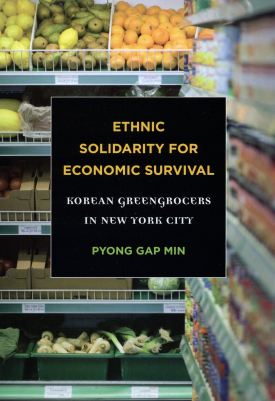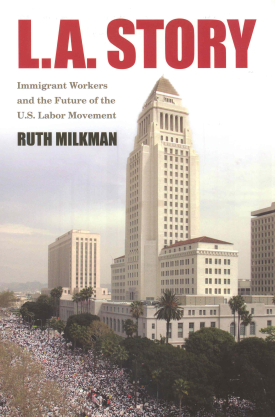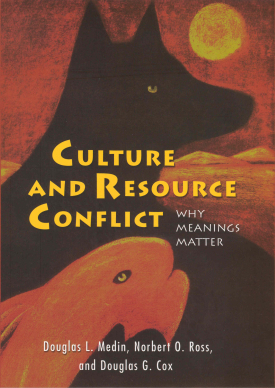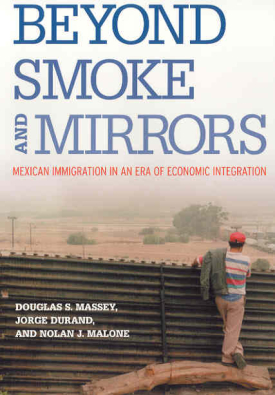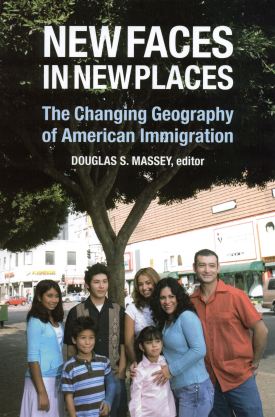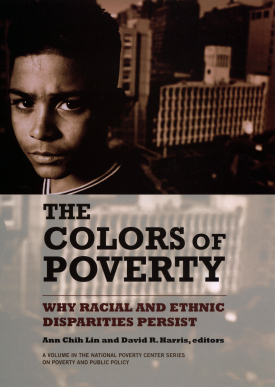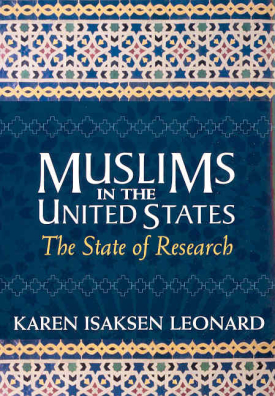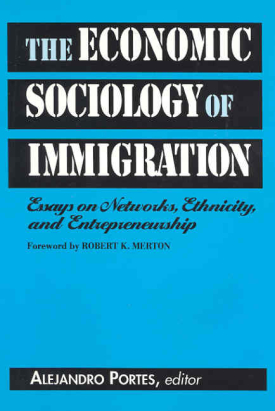
The Economic Sociology of Immigration
About This Book
"Portes suggests that immigration constitutes an especially appropriate Mertonian 'strategic research site' for economic sociology in that it provides very good opportunities for investigating the embeddedness of economic relationships in social situations....the contributors expand the conventional domain of economic sociology quite literally in both time and space."—Contemporary Sociology
"Alejandro Portes and his splendid band of collaborators make clear that the causes, processes, and consequences of migration vary dramatically from group to group, that a group's history makes a profound difference to its fate in the American economy. They have produced a sinewy book, a book worth arguing with."—Charles Tilly, Columbia University
The Economic Sociology of Immigration forges a dynamic link between the theoretical innovations of economic sociology with the latest empirical findings from immigration research, an area of critical concern as the problems of ethnic poverty and inequality become increasingly profound. Alejandro Portes' lucid overview of sociological approaches to economic phenomena provides the framework for six thoughtful, wide-ranging investigations into ethnic and immigrant labor networks and social resources, entrepreneurship, and cultural assimilation. Mark Granovetter illustrates how small businesses built on the bonds of ethnicity and kinship can, under certain conditions, flourish remarkably well. Bryan R. Roberts demonstrates how immigrant groups' expectations of the duration of their stay influence their propensity toward entrepreneurship. Ivan Light and Carolyn Rosenstein chart how specific metropolitan environments have stimulated or impeded entrepreneurial ventures in five ethnic populations. Saskia Sassen provides a revealing analysis of the unexpectedly flexible and vital labor market networks maintained between immigrants and their native countries, while M. Patricia Fernandez Kelly looks specifically at the black inner city to examine how insular cultural values hinder the acquisition of skills and jobs outside the neighborhood. Alejandro Portes also depicts the difference between the attitudes of American-born youths and those of recent immigrants and its effect on the economic success of immigrant children.
ALEJANDRO PORTES is professor of sociology at Princeton University and faculty associate of the Woodrow Wilson School of Public Affairs.
CONTRIBUTORS: Mark Granovetter, M. Patricia Fernández Kelly, Ivan Light, Alejandro Portes, Bryan R. Roberts, Carolyn Rosenstein, and Saskia Sassen.

